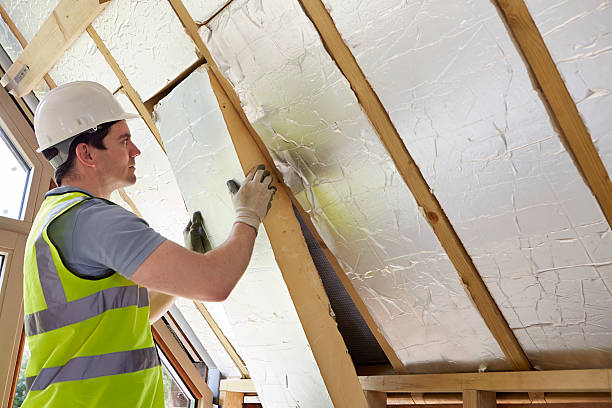

In the battle against scorching temperatures, a well-insulated home can be a fortress of cool comfort. Insulation plays a critical role in maintaining a comfortable indoor environment, especially during the sweltering heat of summer. While we often associate insulation with keeping the warmth in during colder months, its impact on cooling efficiency is equally significant, if not more so. This article explores the profound influence insulation has on cooling efficiency, highlighting its importance, benefits, and considerations for homeowners.
Insulation acts as a barrier against heat transfer, whether it's to retain warmth in winter, repel heat in summer, or optimize Air Conditioning Installation. It works by slowing down the movement of heat through walls, ceilings, and floors, helping to maintain a stable indoor temperature regardless of external weather conditions.
Fiberglass Insulation: Made from fine glass fibers, fiberglass insulation is one of the most common types used in homes. It comes in batts or rolls and is relatively easy to install, making it a popular choice for both new construction and retrofitting existing homes.
Foam Insulation: Foam insulation, including expanded polystyrene (EPS), extruded polystyrene (XPS), and polyurethane spray foam, offers superior thermal resistance. It can be sprayed, injected, or applied as rigid panels, providing excellent coverage and sealing air leaks effectively.
Cellulose Insulation: Made from recycled paper, cellulose insulation is environmentally friendly and offers good thermal performance, helping to boost AC's efficiency with regular maintenance. It can be blown into wall cavities or attics, conforming to irregular shapes and filling gaps to reduce air infiltration.
Reflective Insulation: Reflective insulation, often made from aluminum foil, works by reflecting radiant heat away from the home. It's commonly used in attics, walls, and roofs, especially in hot climates, to prevent heat gain.

Reduced Heat Transfer: Insulation slows down the transfer of heat into the home, reducing the workload on cooling systems such as air conditioners. This results in lower energy consumption and utility bills while maintaining a comfortable indoor temperature.
Improved Comfort: Proper insulation creates a more consistent indoor environment by minimizing temperature fluctuations. It helps prevent hot spots and cold drafts, ensuring that every corner of the house remains comfortably cool during the summer months.
Enhanced Energy Efficiency: A well-insulated home requires less energy to maintain desired temperatures, leading to lower carbon emissions and a reduced environmental footprint. Investing in insulation is not only beneficial for homeowners' wallets but also for the planet.
Extended Lifespan of Cooling Equipment: By reducing the workload on cooling systems, insulation can prolong their lifespan and decrease the need for repairs or replacements, the impact of clean ducts on AC cooling. This translates to additional cost savings and less frequent maintenance requirements.
Moisture Control: Insulation also plays a crucial role in moisture control, preventing condensation buildup that can lead to mold, mildew, and structural damage. Properly insulated homes are less prone to humidity-related issues, creating a healthier living environment.
Insulation R-Value: The R-value measures the thermal resistance of insulation, indicating its effectiveness in resisting heat flow. Higher R-values provide better insulation performance, so choosing the right insulation with an appropriate R-value for your climate zone is essential.